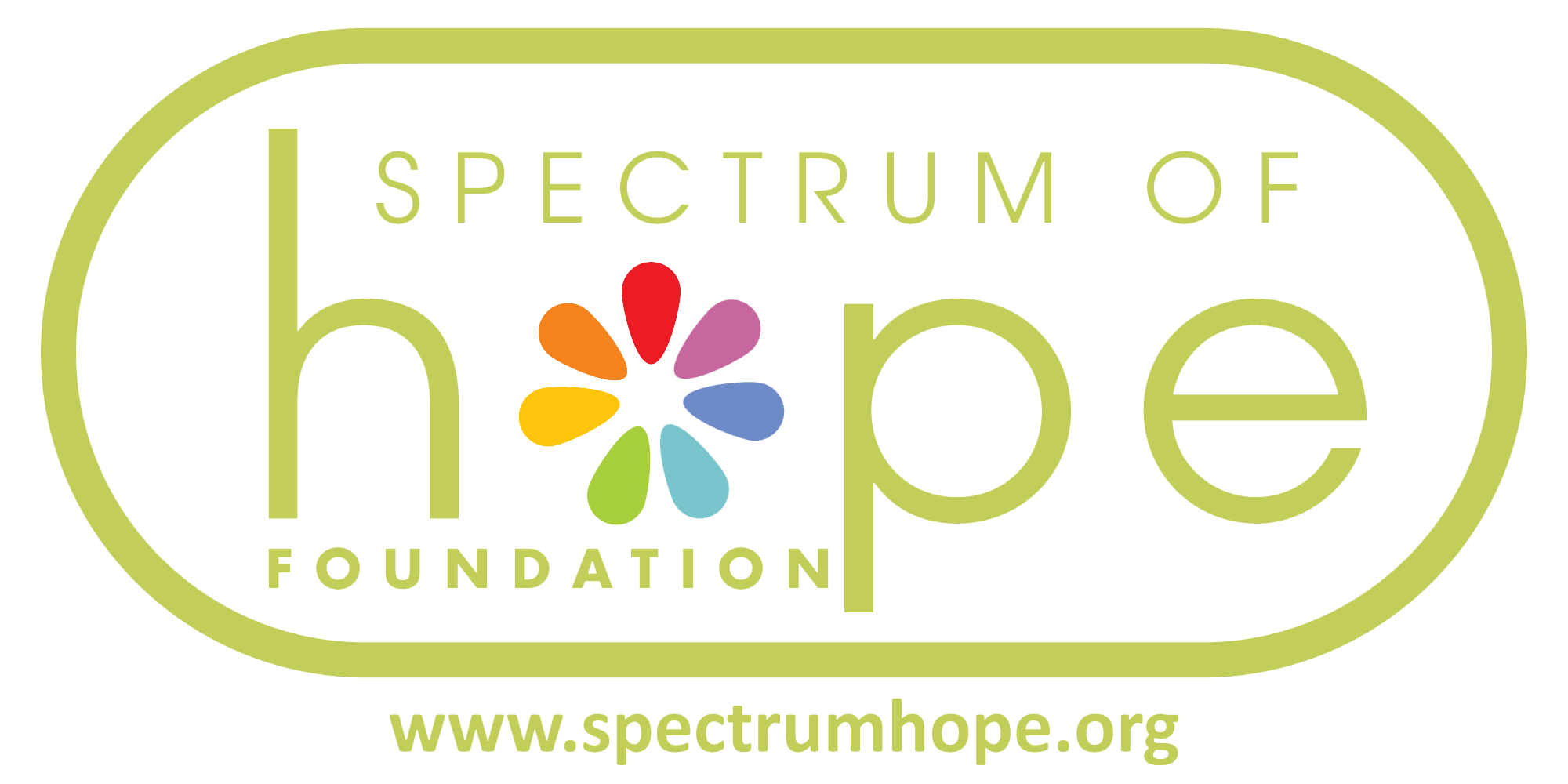Funding Sources for ABA Treatment

1. Early Intervention (Ages 0-3): Health Insurance Pays
- ABA therapy for young children typically begins as 1:1 sessions at home and may gradually include shadowing at preschool.
- Health insurance covers the entire therapy, focusing on teaching skills like communication, social, and adaptive skills.
- When looking for ABA providers, ask which insurance companies they accept and inquire about the funding process.
- In California, the Regional Center can assist with co-pays and deductibles. They can also guide you on obtaining Medi-Cal coverage if needed.
2. School Age: Both School District and Health Insurance Contribute
- School districts fund 1:1 aide services at school through the Individualized Education Program (IEP) because these services are considered “educational.”
- Health insurance continues to cover 1:1 therapy at home, focusing on social, daily living, and adaptive skills for community integration.
- It’s essential to have one cohesive ABA program with a Board-Certified Behavior Analyst (BCBA) overseeing both school and home components.
- Advocating for an intensive ABA program as part of the IEP may require effort, but it’s worthwhile to demonstrate how it supports your child’s individual needs and progress.
- A well-trained aide at school, supervised by the BCBA, is crucial for data collection, skill teaching, and prompt fading.
3. Regional Center: Payor of Last Resort
- Regional Centers are nonprofit organizations in California that coordinate services for individuals with developmental disabilities throughout their lives.
- Unlike school districts, the Regional Center is for life- from the womb to the tomb.
- Regional Centers step in when health insurance or the school district declines funding.
- It’s important to keep records of all communication with other funding sources in case you need to seek support from the Regional Center as a last resort.
